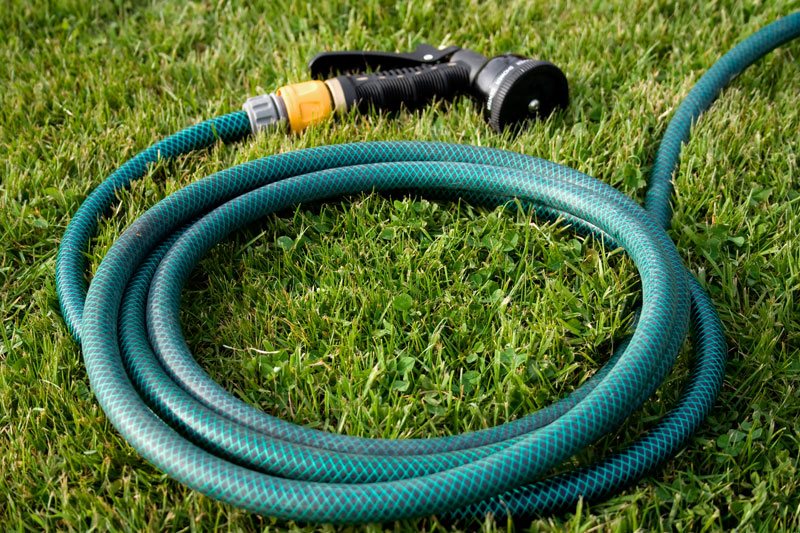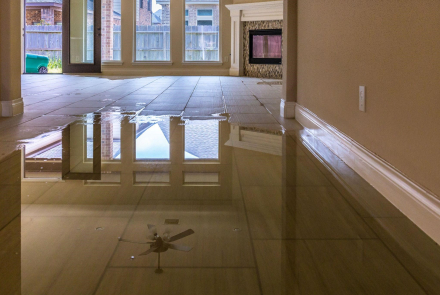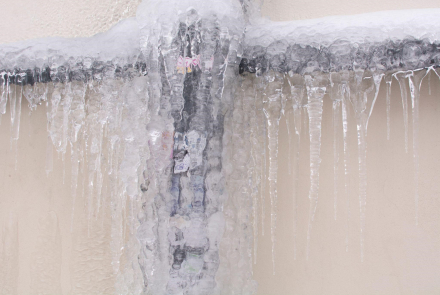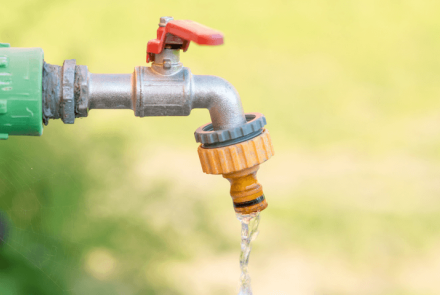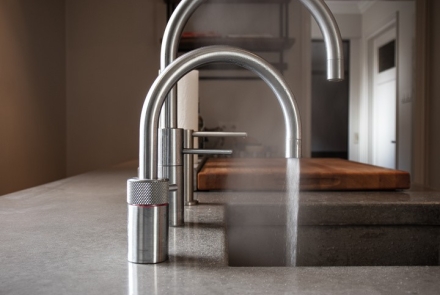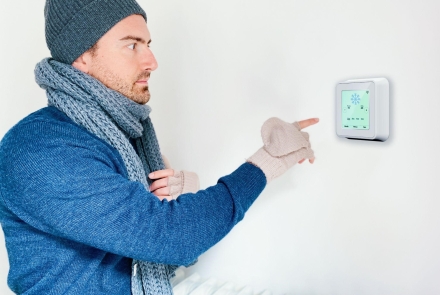As summer approaches, many of us look forward to spending more time outdoors. We tend to our gardens and enjoy the warm weather. But, here's a hidden danger lurking in your garden that you might not be aware of: your garden hose. When left in the sunlight, a garden hose can pose risks to your health and safety. In this article, we'll discuss the dangers of a hose left in the sun, what to do about it, and how to prevent it from occurring.
1. Scalding Water
When you leave a garden hose in direct sunlight, the water inside can heat up. It can even reach temperatures high enough to cause burns or scalding injuries. This risk is especially high for young children, who might play with the hose. These young children won't be able to realize this hidden danger. If you spray yourself or someone else with hot water from a hose, immediately cool the affected area. Run cold water over the affected area for at least 10 minutes. If the burn is severe, seek medical attention. Always store your garden hose in a shaded area when not in use. Before using the hose, let the water run for a few moments to flush out any hot water that may have built up inside.
2. Contamination with Harmful Chemicals
Garden hoses can release harmful chemicals like lead, phthalates, and BPA in the water. This is especially true when heated up by the sun. These chemicals can pose health risks when ingested or absorbed through the skin. If your garden hose has released harmful chemicals, stop using it. Replace it with a safer alternative. Choose a garden hose made from materials that are free of harmful chemicals. Look for hoses with special labels. Some include "lead-free," "drinking water safe," or "Safe Drinking Water Act compliant." Additionally, avoid using a hose for drinking water or filling up pools. Instead, use a dedicated drinking water hose for these purposes.
3. Algae and Bacteria Growth
Warm, stagnant water in a garden hose can create an environment for algae and bacteria growth. This can lead to unpleasant odors. It can even cause health issues if the contaminated water comes into contact with your skin. If you ingest it, it could cause severe complications. If you notice algae or bacteria growth inside your garden hose, it's best to replace the hose with a new one. Be sure to flush your garden hose by letting the water run for a few moments before use. This will help prevent stagnant water from building up inside the hose. Additionally, store your hose in a cool, shaded area and be sure to drain it after each use.
4. Damage to Your Garden Hose
Exposure to direct sunlight can cause the materials in your garden hose to break down over time. This can lead to cracks, leaks, and reduced durability. This not only poses safety risks but can also result in wasted water and higher utility bills. Inspect your garden hose often for signs of damage, such as cracks or leaks. If you find any issues, replace the hose with a new one. Store your garden hose in a shaded area when not in use and invest in a UV-resistant hose to reduce sun damage.
Contact Us
You should not ignore the hidden dangers of leaving a garden hose in the sun. You will need to take some precautions like proper storage and regular inspections. Be sure to choose safe materials to protect yourself, your family, and your garden. Stay vigilant and enjoy a safe and enjoyable summer in your garden. If you need more help with your plumbing questions, contact Robert Bair. We are here to help with all your plumbing safety concerns.

